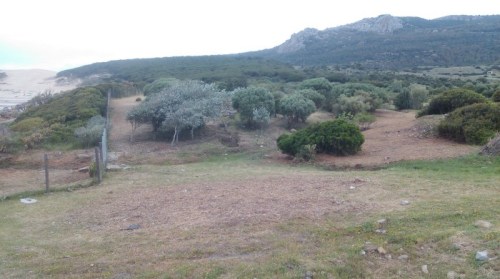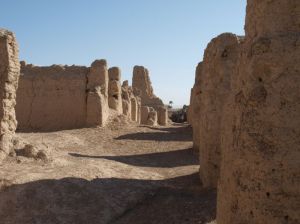
Geophysical Survey at Baelo Claudia, Andalucia, Spain May 2016
As part of the ERC funded RoMP/Portuslimen project a season of geophysical survey was undertaken at the city of Baelo Claudia, in Andalusia, Spain. Work was undertaken by a team of surveyors from the Department of Archaeology at the University of Southampton in collaboration with staff from the Junta de Andalucia and the University of Cadiz. The survey team comprised the author, Peter Wheeler, Stephen Guy-Gibbens, Christopher Oakes, Ferreol Salomon, Quentin Drillat and Nicolas Carayon.
Continue reading →









